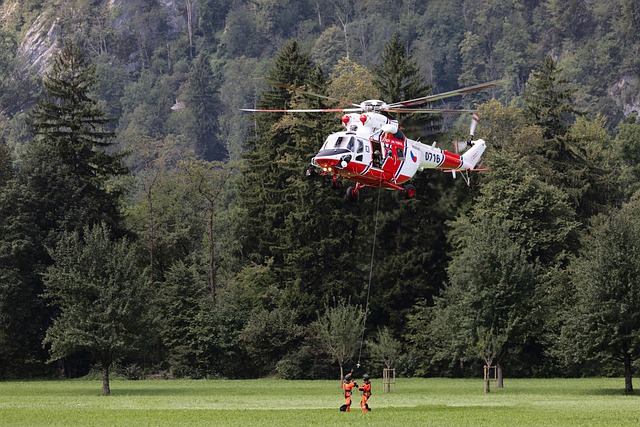the person you have dialed is not able to receive calls at this time meaning
The message is straightforward but covers a range of scenarios. When you hear “the person you have dialed is not able to receive calls at this time meaning”:
Their phone may be switched off (battery dead, intentionally shut down, or forgotten). The device is set to airplane mode (deliberate or accidental), which blocks all calls. The recipient is out of network range—remote countryside, elevators, tunnels. Call settings may be set to block unknown or all numbers (Do Not Disturb, Focus mode, or custom blocks). The line is busy twice over, and call waiting is off. Rarely, the phone number is in an inactive or porting transition (number change between carriers).
Whatever the technical detail, the message is clear: your call cannot connect, and no further attempt will change that until something on the recipient’s end shifts.
What Should You Do Next?
Discipline matters. Don’t assume drama or emergency. Instead:
Retry later: Most problems (power down, single coverage lapses, short Focus periods) resolve in minutes. Send a text, email, or instant message: Many phones receive data via WiFi, SMS, or apps even when voice is unavailable. Leave voicemail if possible: Some networks still route your call to voicemail; others do not. Contact another channel: If urgent, try a mutual friend, family member, or coworker.
Flooding the caller with repeated attempts rarely helps—let the situation breathe.
Understanding the Cause
The person you have dialed is not able to receive calls at this time meaning can be triggered by:
Technical: Carrier outage, device error, SIM card malfunction. Geographical: Traveling to regions of poor or no cell coverage. Userdriven: Device off, intentional privacy/time out, blocked numbers. Billing/transition: Account suspended, porting delays, or line under administrative lock.
Knowledge of the recipient’s known routine and circumstances narrows the field.
Etiquette and Boundaries
Respect the pause. Not every unavailability is neglect, anger, or an avoidance tactic. Avoid escalation unless context or pattern justifies concern (emergencies, caregiving, businesscritical calls). Use brief, clear alternate messaging: “Tried calling, will try again later if important.”
Excessive calls or frantic messages often backfire.
How to Become Reachable Yourself
If you are often the unavailable party:
Keep devices charged; invest in backup batteries for travel. Communicate downtime in advance to frequent contacts. Configure Do Not Disturb settings to allow key calls (set as “favorites” or emergency bypass). Update voicemail greeting: Let callers know if you expect a period of unreachability.
This mitigates misunderstanding and supports critical communications.
Technical Troubleshooting
Reboot your device, toggle airplane mode, or reset the network if your line is routinely “unavailable.” Check for software updates; these may resolve connectivity issues on smartphones and tablets. Contact your carrier if porting, billing, or account suspension might be the cause.
For chronic “the person you have dialed is not able to receive calls at this time meaning,” persistent investigation is needed.
When to Worry
If the pattern is new and uncharacteristic—especially for individuals who are usually responsive. If you suspect device theft, loss, or line deactivation. If there is a plausible emergency (travel, health event, or known risk).
In all true emergencies, escalate with discipline: try all communication options, contact secondary parties, then—but only then—consider requesting a welfare check.
LongTerm Solutions
Normalize multichannel contact for business and family—text, email, secondary phone lines. Set checkin expectations for those with health vulnerabilities or who travel often. Use messaging apps that support read receipts, WiFi calling, or persistent group chats.
Discipline in redundancy beats reliance on a single line.
RealWorld Scenarios
Business: If “the person you have dialed is not able to receive calls at this time meaning” blocks a deal, document your attempts, and move to email or authorized escalation. Family: Try again after a break, message on another channel, and only worry after an extended period. Caregiving: Schedule call times, use devices with emergency alert features, and always know backup contacts.
Final Thoughts
Unavailability is a reality still hardwired into modern communication. The person you have dialed is not able to receive calls at this time meaning is a system safeguard, not a wall. Next time you hear it, act with clarity, discipline, and patience. Try again later, diversify your approach, and—when it truly matters—be ready to seek help, not panic. In an alwayson world, we have to respect the still very real possibility that connection—digital or human—is sometimes out of reach, and that’s ok.





